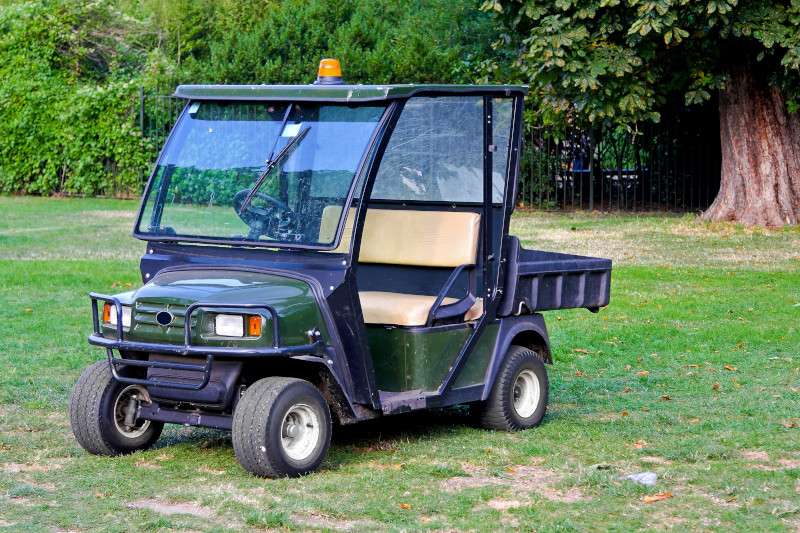Keep your school buses and vans safe

Every year, more than 25 million children in the United States ride buses or vans to and from school—and even more students are transported for field trips and extracurricular activities. The time they spend on the bus or van is a relatively small portion of their day, but the possibility for injury is significant.
The school organization is charged with keeping students safe—and that includes when they are enroute to school. This week, during National School Bus Safety Week, take some time to ask yourself some important questions about students’ safety on the road.
Do you check motor vehicle records (MVRs) annually for each driver who transports students?
Not only is it important to check a driver’s MVR when hired, but your organization should also be obtaining MVRs every year they drive for your school entity. If the driver has had three or more accidents in the last three years, their records may be too poor to transport students or operate school vehicles.
Additionally, they should not be driving if they have had one or more of the following major offenses:
- Driving under the influence of alcohol or a controlled substance.
- Refusing to submit to chemical testing.
- Leaving the scene of an accident.
- Using a vehicle to commit a felony.
- Using a motor vehicle for the commission of a felony involving manufacturing, distribution or dispensing a controlled substance.
- Negligent homicide arising from the use of a motor vehicle.
- Aggravated assault with a motor vehicle.
- Permitting an unlicensed person to drive.
- Reckless driving.
- Speed contest.
- Hit and run (bodily injury (BI) and property damage (PD)) driving.
Do you teach drivers to drive defensively?
Whether your school organization employs its own drivers or contracts with an outside company, it’s important that drivers know defensive driving techniques. Those include:
- Merging early when there is a decrease in lanes to avoid becoming trapped in an unsafe situation.
- Maintaining adequate space on all sides of the bus/van, including height restrictions.
- Keeping a safe following distance while driving.
- Using turn and stop signals early to alert others of your intentions.
- Covering the brake with your foot when traveling through an intersection.
- Reducing travel speed and not engaging with aggressive drivers.
When using a school bus/van for field trips or extracurricular activities, do you empower chaperones to keep order?
Make sure chaperones know the safety instructions and their role in the event of
an emergency. They should know how to assist in an evacuation of the bus, and they should tell passengers to sit facing forward with their backs against the seat-back.
Students causing a disturbance on a school bus/van can distract the driver and lead to a potentially serious accident. If other staff are not on the bus/van to enforce the school’s rules, the driver should pull over and come to a complete stop prior to enforcing school rule infractions. All passengers should be seated and wait for the bus/van to come to a complete stop before standing; at no time should passengers be standing while the vehicle is in motion.
Find more transportation risk control information here.




